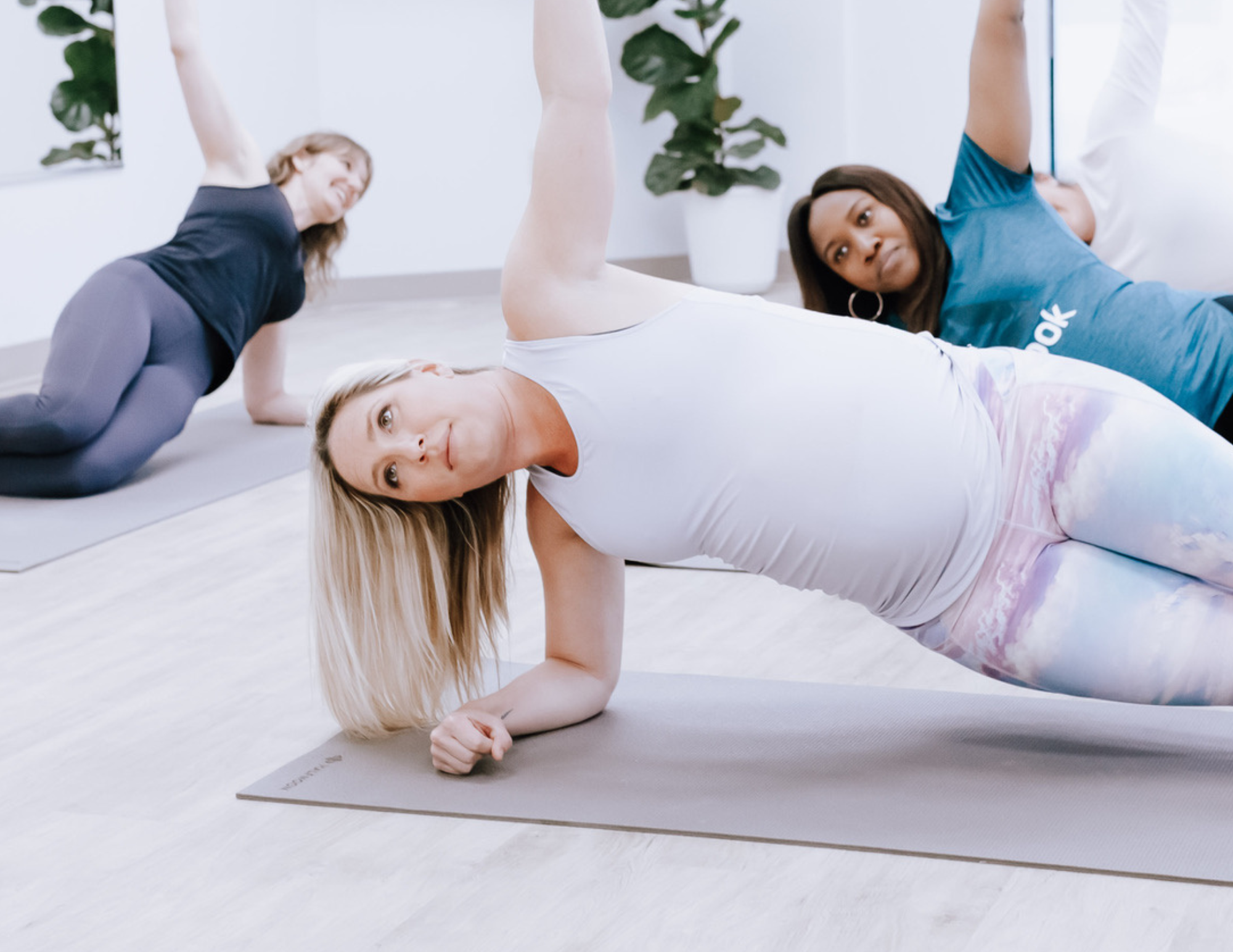
Typically, babies say their first word around 1 year old. So why offer a speech therapy playgroup for babies under 1, when they can’t even speak yet? Do they really need speech therapy? Speech and language disorders are more common than people think, and early identification and intervention is key. Learning and implementing a few strategies to promote speech and language skills with their babies from a young age can help parents feel confident, empowered, and prepared if any concerns arise.
What are Pre-Verbal Communication skills?
Pre-verbal communication skills include things like vocalizing (making sounds), taking turns, using gestures, making eye contact, and sharing joint attention with another person. These skills are the foundation for developing speech, and they begin to develop long before a child will start to say words.
Eye contact and joint attention
Babies can learn a lot from looking at their parent’s face. They can gain understanding of the world around them, as people often look at the thing they are talking about. Babies can also learn about emotions from their parent’s facial expressions, and they can learn about how different sounds are made by seeing how the mouth moves. Getting face-to-face with your baby is so important from a young age, so they can take in all this valuable information!
What can parents do?
-Get face to face and interact with your baby often during the day (diaper changes, lying on the floor across from your baby during tummy time, sit with your baby at the table during meal times, change the orientation of the stroller seat to face you, etc.)
Understanding (look, listen, anticipate)
One of the earliest skills a baby needs to develop is looking and listening. This is the reason parents often use a higher pitched voice, or a sing-song tone and rhythm in their voice when talking with their babies (also known as “motherese” or “parentese”). The parent is trying to gain their baby’s interest and attention with their voice, and the baby is learning to search for the speaker and pay attention to them. With repetition of the same words in the same activities, babies will start to be able to understand some of the words their parents are using, and anticipate what will happen next!
What can parents do?
-Talk with your child often throughout the day, and match your language to what is happening in the moment, and what your child is interested in.
Interaction (Taking turns)
When babies make a sound or do an action, they are taking a turn (sometimes it is meant to be communicative, and sometimes not). Then it is the parent’s turn to respond to their baby with interest or copying the baby. This encourages the baby to do it again, to see if they will get another response/reaction from their parent. This back and forth between a baby and their parent might involve making simple sounds (vocalizations), strings of syllables (babbling), gestures (waving), or actions with
toys (tapping a drum). Taking turns is an important skill for later being able to participate in a back-and-forth conversation.
What can parents do?
-Respond to your babies sounds and movements with interest. And copy what your baby does!
Gestures
Babies will typically use gestures to communicate before using words. For example, reaching with their arms to be picked up, holding up an item to show it to their parent, or pointing to something they like or want. Gesture use is in fact a predictor of later language skills.
What can parents do?
-Model gestures when you are talking with your baby. Ex. Pretend to drink from a cup when asking if your baby wants water. Point to the things you are talking about.
Making sounds (vocalizing/babbling)
Babies can be really noisy! They make a lot of sounds before they can use words. These vocalizations may start as grunts and growls, coos and gurgles, vowel sounds (“ahhhh”), and eventually consonant-vowel syllables (“bababa” or “dadada”). They may begin to mimic environmental sounds (animal noises, cough/sneezing noises, etc.). All of this comes before speech, as they explore their vocal mechanism and practice how and when to use it!
What can parents do?
-Copy your baby’s sounds. See if you can get a back-and-forth interaction going with sounds.
-Model plenty of fun sounds while playing and talking with your baby (“wee!” “uh-oh,” “bye-bye,” “choo-choo”, etc.)
These pre-verbal skills are like building blocks in the child’s communication pyramid. They lay the foundation to build more advanced skills, like speaking, understanding and following directions, answering questions, and carrying on a conversation (which will come as they get older). In my course, Babbling with Babies, we discuss how you can support the development of these pre-verbal skills with a few concrete strategies you can implement in the activities you do with your baby already. Each week has a theme, such as: “Learning Language Through Songs and Rhymes,” Learning Language Through Toy play” or “Learning Language Through Daily Routines” for example. If you’d like to learn more about promoting your baby’s speech and language development at home, check out the class registration page for more information, and register for Babbling with Babies!

.png)
.png)
